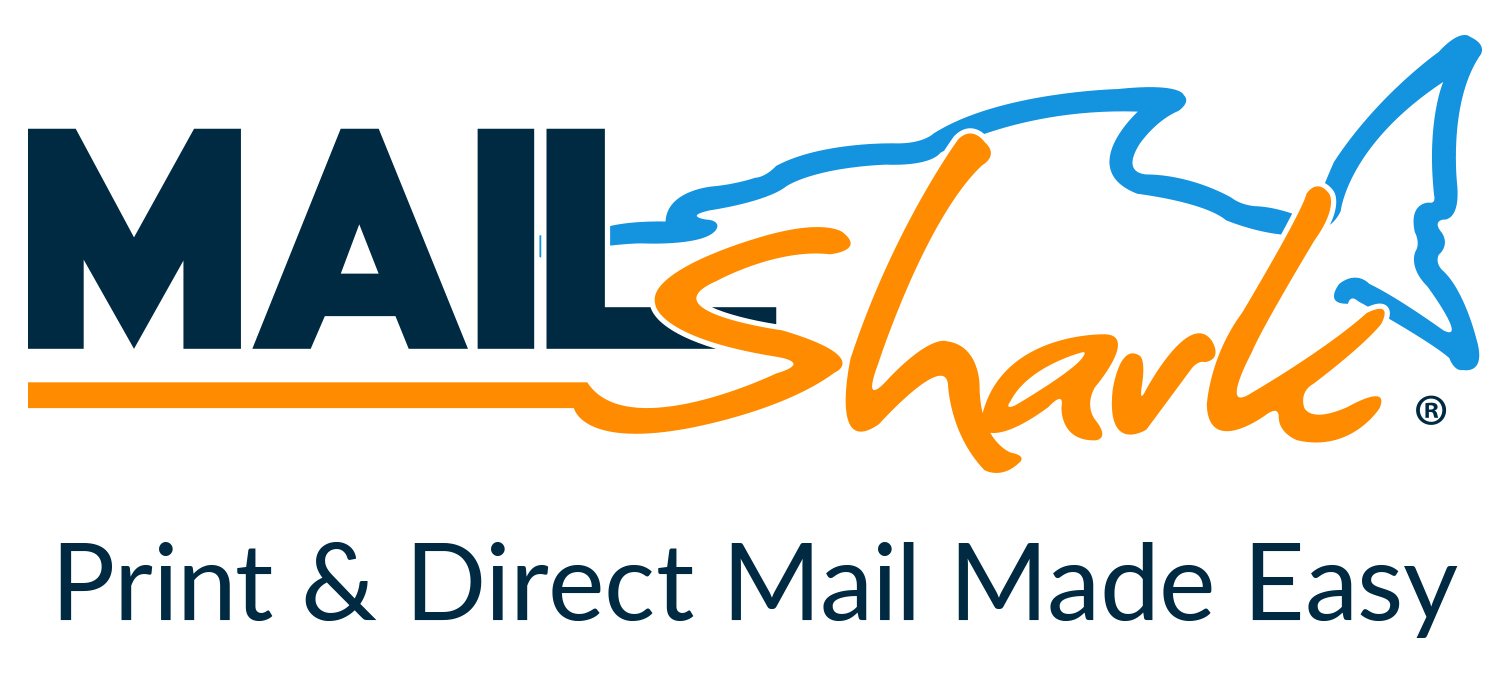tracking shop hours billed vs hours worked.
-
Have you checked out Joe's Latest Blog?
-
By Joe Marconi in Joe's Blog5 commentsI recently spoke with a friend of mine who owns a large general repair shop in the Midwest. His father founded the business in 1975. He was telling me that although he’s busy, he’s also very frustrated. When I probed him more about his frustrations, he said that it’s hard to find qualified technicians. My friend employs four technicians and is looking to hire two more. I then asked him, “How long does a technician last working for you.” He looked puzzled and replied, “I never really thought about that, but I can tell that except for one tech, most technicians don’t last working for me longer than a few years.”
Judging from personal experience as a shop owner and from what I know about the auto repair industry, I can tell you that other than a few exceptions, the turnover rate for technicians in our industry is too high. This makes me think, do we have a technician shortage or a retention problem? Have we done the best we can over the decades to provide great pay plans, benefits packages, great work environments, and the right culture to ensure that the techs we have stay with us?
Finding and hiring qualified automotive technicians is not a new phenomenon. This problem has been around for as long as I can remember. While we do need to attract people to our industry and provide the necessary training and mentorship, we also need to focus on retention. Having a revolving door and needing to hire techs every few years or so costs your company money. Big money! And that revolving door may be a sign of an even bigger issue: poor leadership, and poor employee management skills.
Here’s one more thing to consider, for the most part, technicians don’t leave one job to start a new career, they leave one shop as a technician to become a technician at another shop. The reasons why they leave can be debated, but there is one fact that we cannot deny, people don’t quit the company they work for, they usually leave because of the boss or manager they work for.
Put yourselves in the shoes of your employees. Do you have a workplace that communicates, “We appreciate you and want you to stay!”
-
-
Similar Topics
-
By carmcapriotto
Thanks to our Partner, NAPA Auto Care Recorded Live at Vision Hi-Tech Training & Expo, Jeremy O'Neal shares his journey of transforming a struggling business into a thriving enterprise, emphasizing the critical role of service advisor training. Jeremy also highlighted how understanding the business, the owner's goals, and team dynamics is essential before implementing any training program. It's not just about fixing cars; it's about creating an exceptional customer experience that drives business success. Jeremy O’Neal, Advisorfix, Freedom Auto Repair, Hesperia, CA. Previous episodes HERE. Show Notes
Service Advisor Coaching & Training: https://www.advisorfix.com/ Jeremy's Transition to Shop Ownership (00:00:36) Jeremy discusses his transition from service advisor training to owning Freedom Automotive. The Impact of Vision 2024 (00:04:17) Jeremy and Carm discuss the impact of the Vision 2024 event on their lives and the industry. Youth Presence at Vision 2024 (00:04:48) Carm and Jeremy discuss the significant presence of young talent at the Vision 2024 event. Jeremy's Business Growth (00:06:56) Carm inquires about the growth of Jeremy's business over the past eight years. The Importance of Service Advisor Training (00:07:11) Carm and Jeremy discuss the critical need for service advisor training in the automotive industry. Jeremy's Business Transformation (00:08:55) Jeremy shares the transformation of his shop, including significant growth and plans for expansion. The Role of Service Advisors in Business Growth (00:09:29) Jeremy discusses the potential for business growth by adding service advisors and technicians. Customer Service Challenges (00:10:45) Jeremy and Carm discuss the decline in customer service and the impact on the automotive industry. The Role of Customer Experience (00:12:21) Carm emphasizes the importance of creating a great customer experience in automotive repair shops. Parenting and Cultural Observations (00:13:24) Jeremy shares his observations and concerns about modern parenting and societal changes. Firing underperforming staff (00:15:20) Jeremy discusses his commitment to high service standards and the consequences for those who don't meet them. Training and standards (00:16:07) Carm questions Jeremy about his work-life balance and the importance of training in maintaining high standards. NAPA Auto Care Center program (00:16:55) Carm discusses the benefits of the NAPA brand and the Pro Image upgrade program for automotive shops. Employee commitment and performance (00:19:00) Jeremy shares his experiences with committed but underperforming employees and the impact on customer service. Service advisor training and culture (00:21:20) Jeremy emphasizes the importance of daily coaching and the shop owner's role in guiding training and culture. Continuous improvement and learning culture (00:23:03) Jeremy discusses the importance of employees having a learning culture and the availability of educational content. Phone call analysis and customer service (00:24:22) Jeremy explains the value of listening to service advisor calls for assessing competency and customer responses. Service advisor's impact on top-line sales (00:26:26) Jeremy highlights the significant impact of service advisor competency on the shop's top-line sales. Life Cycles with Customers (00:30:57) Jeremy shares a personal anecdote about a customer's car and the importance of understanding customer needs. Building Trust with Customers (00:31:35) Jeremy discusses the importance of building trust with customers and ensuring they follow the shop's process for repairs. Market Trends and Automotive Industry (00:32:52) Jeremy talks about market trends, the impact of COVID-19, and the future of the automotive industry, including the rise of EVs and hybrid vehicles. Success in the Marketplace (00:34:19) The discussion revolves around the importance of solid processes, good people, and effective marketing to succeed in the marketplace. Communication and Networking (00:35:18) The conversation shifts to the significance of communication and networking, including a mention of the Disney Institute's emphasis on personal interaction. Reflecting on Life's Milestones (00:37:21) Jeremy reflects on life beyond 50, the legacy he aims to leave, and the importance of capturing special moments with loved ones.
Thanks to our Partner, NAPA Auto Care Learn more about NAPA Auto Care and the benefits of being part of the NAPA family by visiting https://www.napaonline.com/en/auto-care Connect with the Podcast: -Follow on Facebook: https://www.facebook.com/RemarkableResultsRadioPodcast/ -Join Our Private Facebook Community: https://www.facebook.com/groups/1734687266778976 -Subscribe on YouTube: https://www.youtube.com/carmcapriotto -Follow on LinkedIn: https://www.linkedin.com/in/carmcapriotto/ -Follow on Instagram: https://www.instagram.com/remarkableresultsradiopodcast/ -Follow on Twitter: https://twitter.com/RResultsBiz -Visit the Website: https://remarkableresults.biz/ -Join our Insider List: https://remarkableresults.biz/insider -All books mentioned on our podcasts: https://remarkableresults.biz/books -Our Classroom page for personal or team learning: https://remarkableresults.biz/classroom -Buy Me a Coffee: https://www.buymeacoffee.com/carm -The Aftermarket Radio Network: https://aftermarketradionetwork.com -Special episode collections: https://remarkableresults.biz/collections
Click to go to the Podcast on Remarkable Results Radio
-
By Joe Marconi
Premium Member Content
This content is hidden to guests, one of the benefits of a paid membership. Please login or register to view this content.
-
By Joe Marconi
Premium Member Content
This content is hidden to guests, one of the benefits of a paid membership. Please login or register to view this content.
-
By carmcapriotto
Matt Fanslow explores the complexities of electricity in automotive diagnostics. He breaks down fundamental concepts of volts, amps, resistance, and Ohm's law, using practical examples to clarify their roles in vehicle electrical systems.
Show Notes
Challenges of Explaining Electricity (00:01:15) Fundamental Aspects of Electricity (00:02:42) NAPA Auto Tech Training (00:18:20) Understanding Voltmeter Readings (00:19:21) Ground Reference and Voltage Drop (00:20:29) Effect of Resistance on Voltage (00:22:44) Series Circuit and Voltage Split (00:29:17) Verification of Electrical Issues (00:32:29) Fuse Block and Voltage Verification (00:34:44)
Voltage Drop Testing (00:34:55)
Thanks to our Partner, NAPA Autotech napaautotech.com
Email Matt: [email protected]
Diagnosing the Aftermarket A - Z YouTube Channel HERE
Aftermarket Radio Network: https://aftermarketradionetwork.com/
Click to go to the Podcast on Remarkable Results Radio

-
By carmcapriotto
Mike Ragsdale is the founder of the 30a Company, and he has an incredible story of being called out by his kids when they got tired of hearing him talk about his dream life without ever pursuing it. This is an incredibly inspiring episode that may result in you exploring how you can create a life you don’t need to escape from.
Thank you to RepairPal for sponsoring The Auto Repair Marketing Podcast. Learn more about RepairPal at https://repairpal.com/shops
How To Get In Touch
Group - Auto Repair Marketing Mastermind
Website - shopmarketingpros.com
Facebook - facebook.com/shopmarketingpros
Get the Book - shopmarketingpros.com/book
Instagram - @shopmarketingpros
Questions/Ideas - [email protected]
Click to go to the Podcast on Remarkable Results Radio
-
-
-
Our Sponsors


.thumb.jpg.2b345efc275b9df0af2bbb306a10a78a.jpg)












Recommended Posts
Create an account or sign in to comment
You need to be a member in order to leave a comment
Create an account
Sign up for a new account in our community. It's easy!
Register a new accountSign in
Already have an account? Sign in here.
Sign In Now